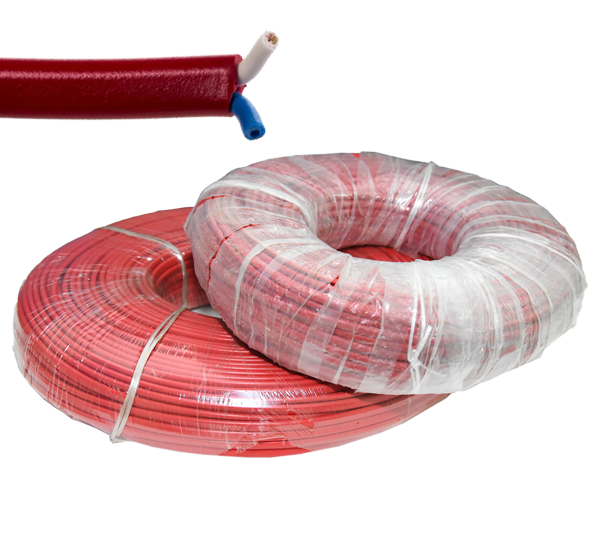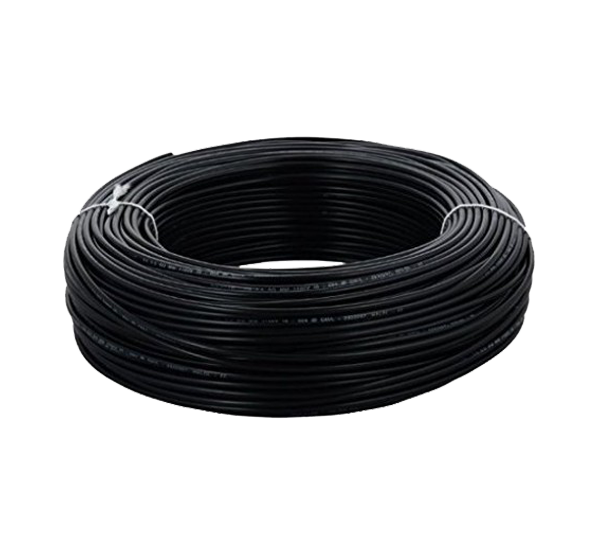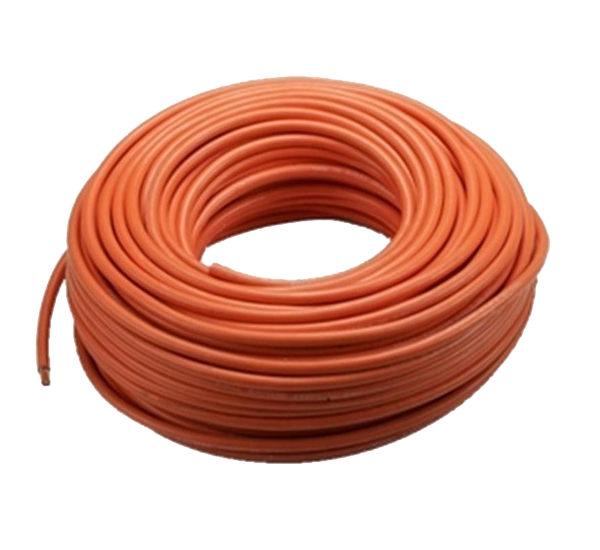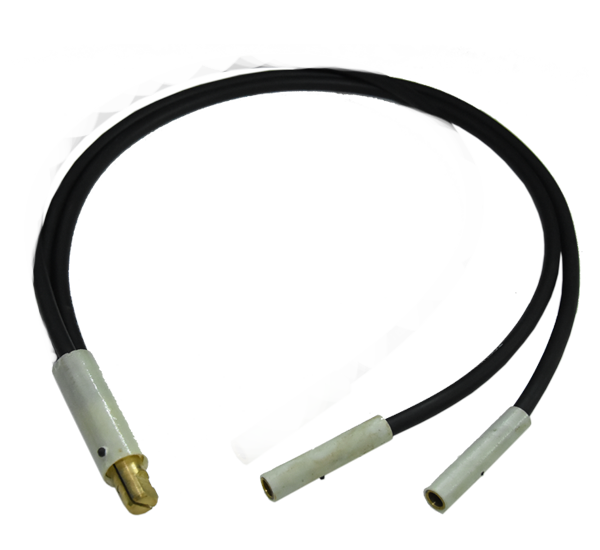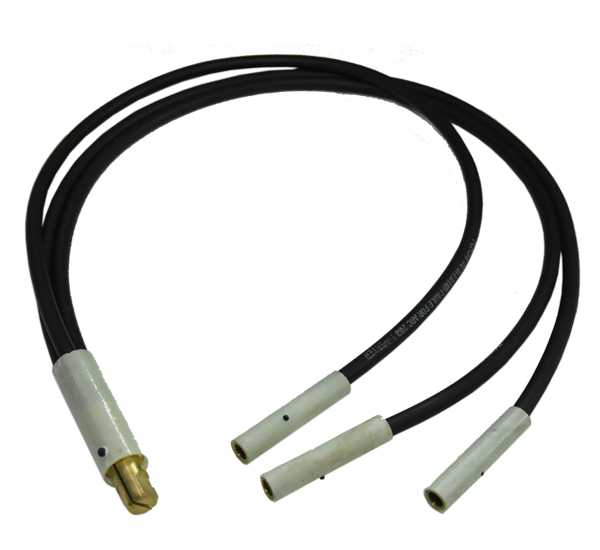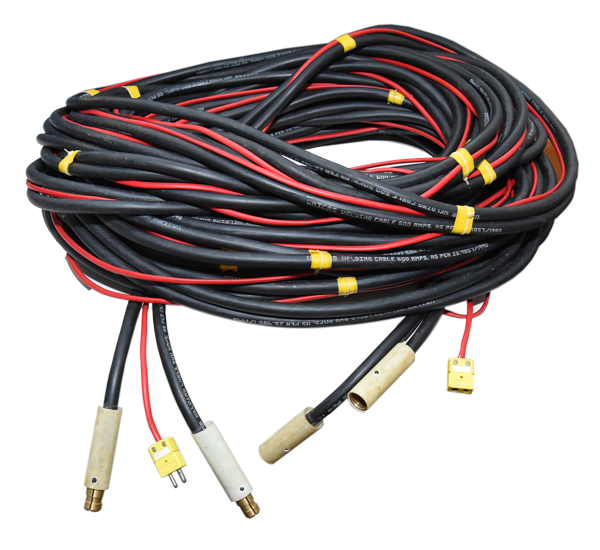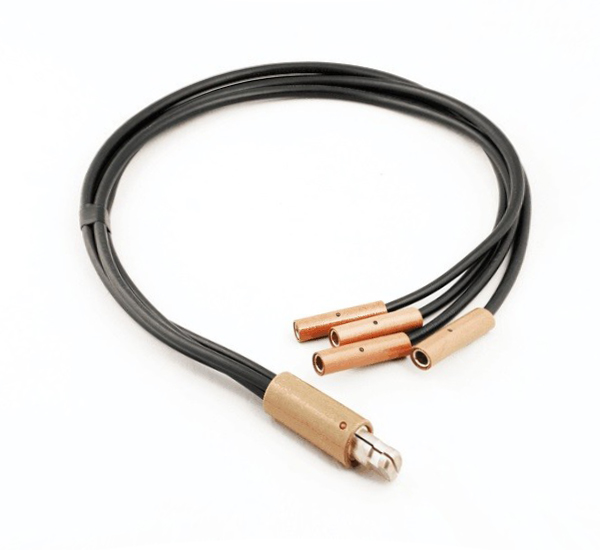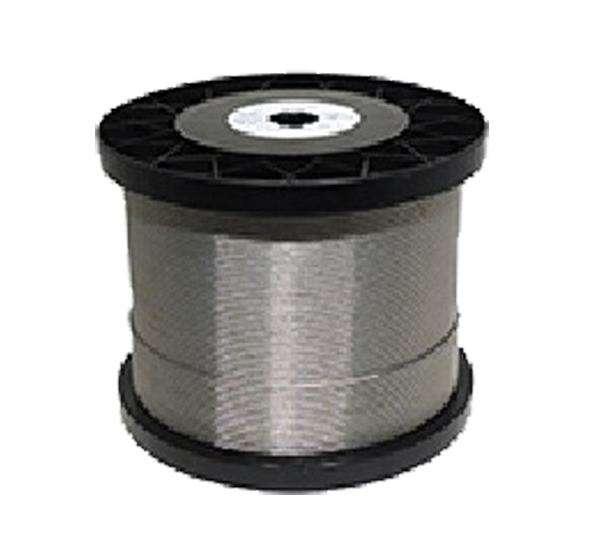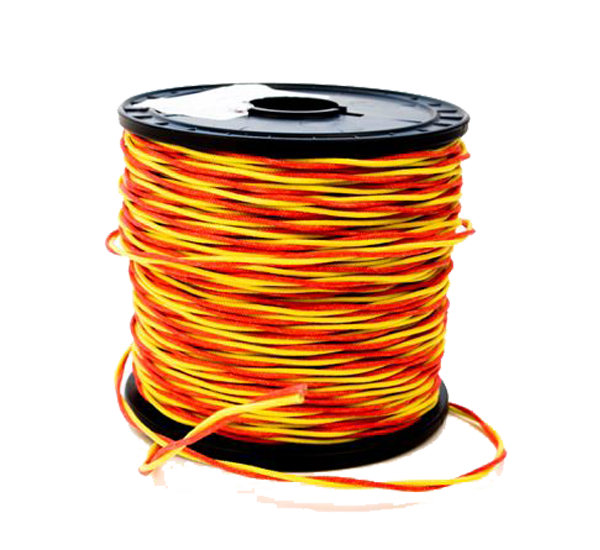
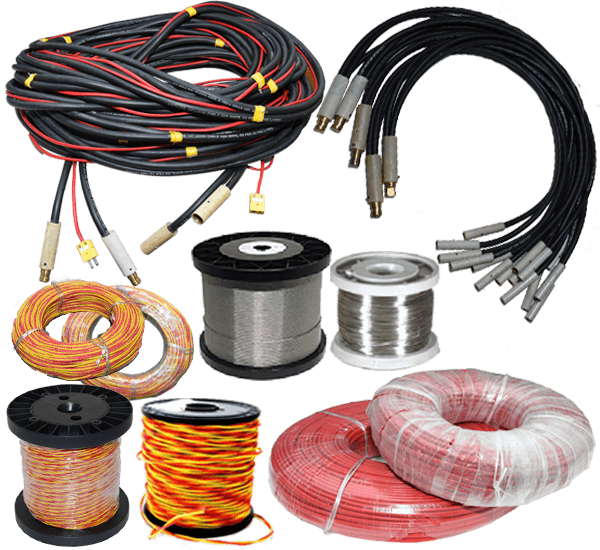
Heat Treatment Cables And Wires
Electric power can be transmitted or distributed either by overhead transmission systems or by underground cables.
Cables are mainly designed as per requirements. Power cables are mainly used for power transmission and distribution purposes. It is an assembly of one or more individually insulated electrical conductors, usually held together with an overall sheath. The assembly is used for transmission and distribution of electrical power. Flexible power cables are used for portable devices, mobile tools, and machinery.
These are designed and manufactured as per voltage, current to be carried, operating maximum temperature and purpose of applications desired by the customer.
Temperature Sensors measure the amount of heat energy or even coldness that is generated by an object or system, allowing us to sense or detect any physical change to that temperature producing either an analogue or digital output.
There are many different types of Temperature Sensor available and all have different characteristics depending upon their actual application. A temperature sensor consists of two basic physical types:
Contact Temperature Sensor Types and Non-contact Temperature Sensor Types.
The two basic types of contact or even non-contact temperature sensors can also be sub-divided into the following three groups of sensors, Electro-mechanical, Resistive and Electronic and all three types.
Heat treatment requirements of wire rope and cable are highly application dependent.
The selection of wire rope and cable depends on a number of parameters including size, grade of material, whether or not it is preformed, hardness, the number of strands or wires in each strand and how the strands lay. Most rope and cable are made from steel or stainless steel wound wires. Continuous wire strands are wound around a central core,
which can be steel, rope or even plastic.

